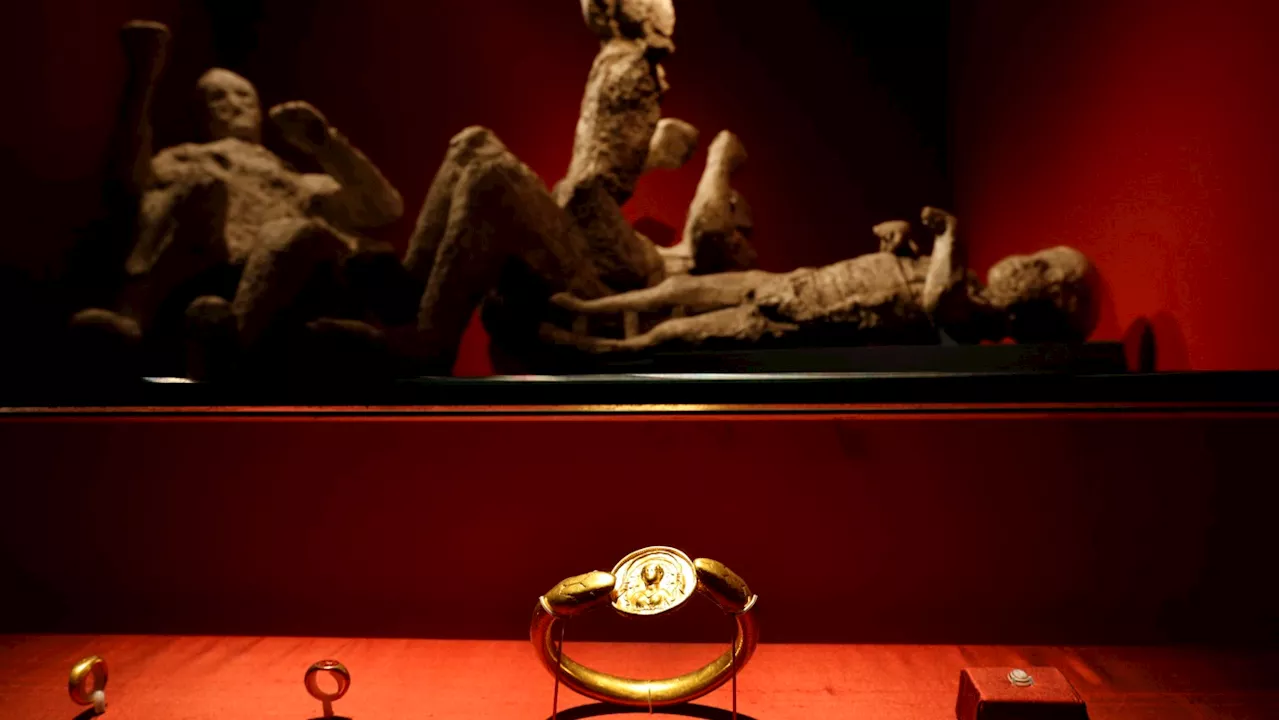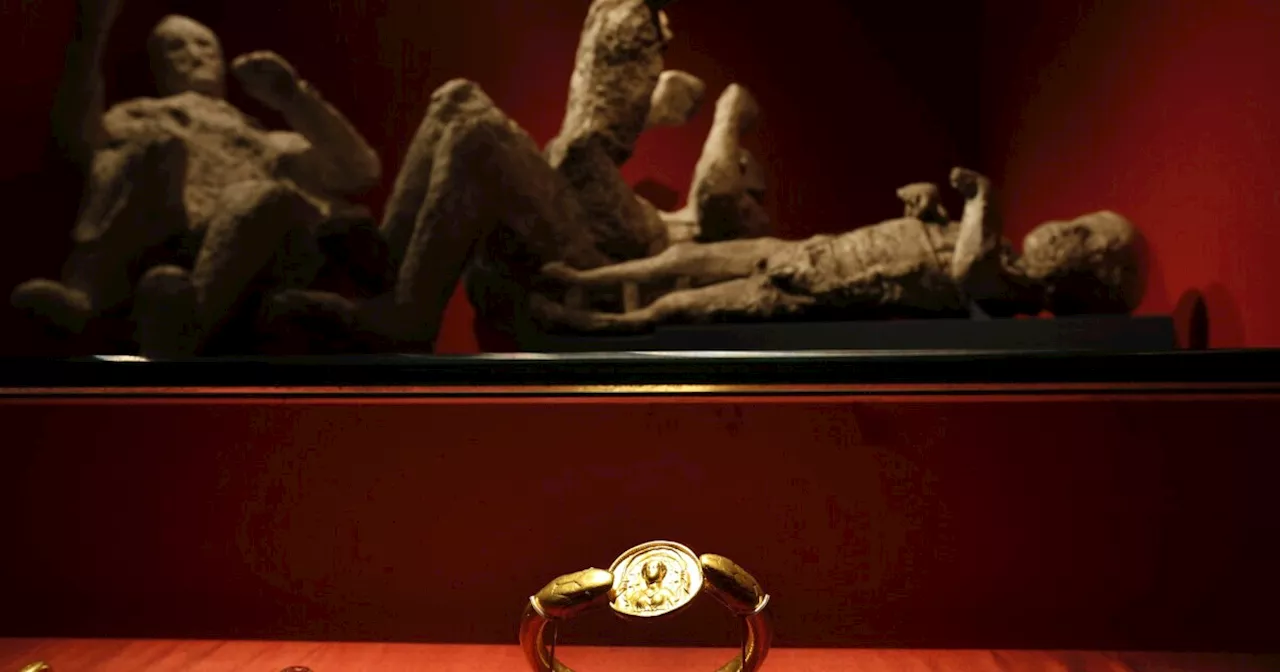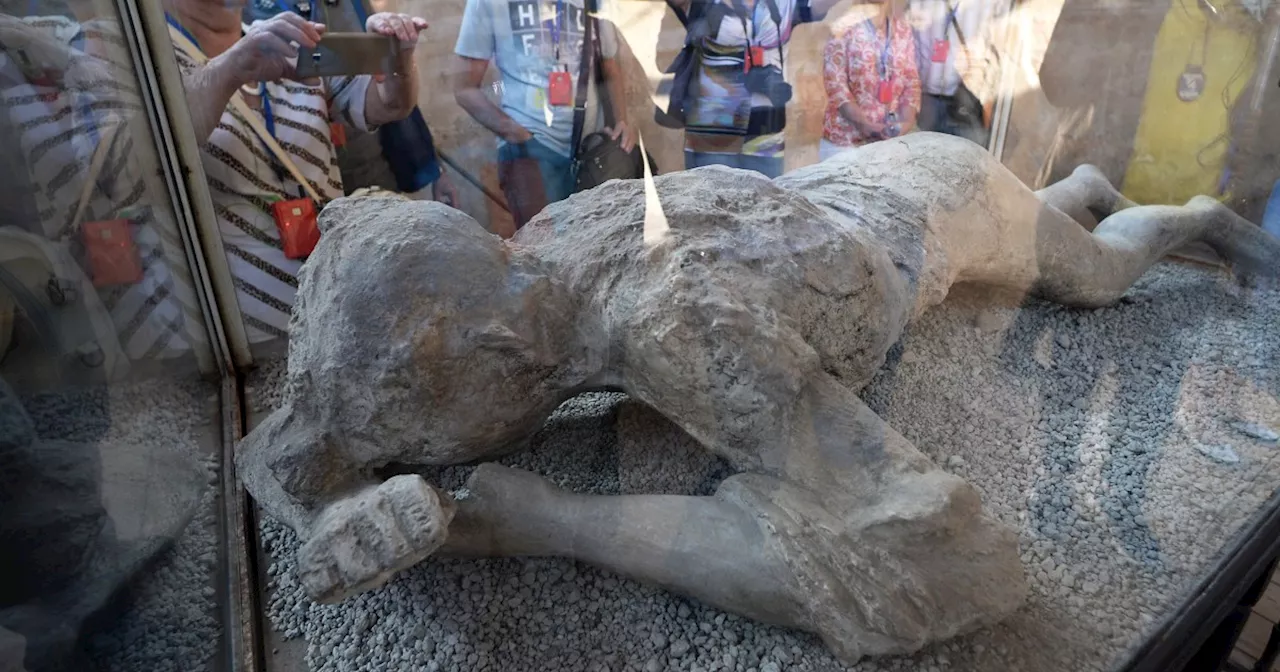Some were crime victims. Others lived and died in solitude. Some may have been lost hikers, runaway children, or wanderers.
One thing connects the 58 or so remains at the Honolulu Medical Examiner’s Office found with no identification card and no next of kin to claim them: They remain nameless.
The five cases sent to Othram for testing were chosen in part because they are juveniles, who DNA experts felt had a good chance being identified through advanced technology. One case is connected to a 2014 homicide so the Honolulu Medical Examiners Office declined to provide information while the investigation continues.
, an organization funded by the National Institute of Justice that runs a national database of unidentified, missing and unclaimed persons. Representatives with NamUs did not respond to interview requests.For the skeletal remains found inside the vase in Honolulu, for example, forensic pathologists could not identify an age range, gender, height, weight or year of death — only that the person was still an adolescent.
The method became popular in criminal investigations in the 2010s after companies like 23andMe and Ancestry came onto the market. Those companies block law enforcement agencies like the FBI from their databases, but investigators can use others, like GEDMatch, which is public facing, and FamilyTreeDNA, which allows limited access by law enforcement, according to Stephen Kramer, a former FBI in-house counsel and founder of Indago Solutions, a DNA identification company.
He used records to identify people with this ancestry who had moved to Hawaii and married into Filipino families, leaving very few potential matches. He traced a family tree with three Filipino grandparents and one grandparent descending from Europeans, Scandinavians and Pacific Islanders.Investigators followed Lauro, picking up a fork he discarded, which was tested against a DNA sample from Ireland’s body.
Many are skeletal remains uncovered at construction sites, Carter said. Others are remains discovered by hikers that likely belonged to people who were homeless and living in encampments in remote parts of the island. A few people have come forward thinking they knew her, but her identity wasn’t able to be confirmed, Carter said.
Honolulu Forensics Missing Persons General News TX State Wire U.S. News Crime Joseph Deangelo U.S. Federal Bureau Of Investigation Homicide U.S. News
United States Latest News, United States Headlines
Similar News:You can also read news stories similar to this one that we have collected from other news sources.
 DNA packaging directly affects how fast DNA is copied in cellsResearchers have found that the way DNA is packaged in cells can directly impact how fast DNA itself is copied during cell division. They discovered that DNA packaging sends signals through an unusual pathway, affecting the cell's ability to divide and grow. This opens up new doors to study how the copying of the DNA and its packaging are linked.
DNA packaging directly affects how fast DNA is copied in cellsResearchers have found that the way DNA is packaged in cells can directly impact how fast DNA itself is copied during cell division. They discovered that DNA packaging sends signals through an unusual pathway, affecting the cell's ability to divide and grow. This opens up new doors to study how the copying of the DNA and its packaging are linked.
Read more »
 Years of shortchanging elections led to Honolulu’s long voter linesIn May 2021, City Clerk Glen Takahashi stood before the Honolulu City Council in a hearing to explain why he should keep his job.
Years of shortchanging elections led to Honolulu’s long voter linesIn May 2021, City Clerk Glen Takahashi stood before the Honolulu City Council in a hearing to explain why he should keep his job.
Read more »
 Unidentified: Two cold cases from northern Ohio moving forward with DNA and ancestry19 Investigates found these unidentified cases could be a step closer to getting their names back thanks to volunteers and DNA technology.
Unidentified: Two cold cases from northern Ohio moving forward with DNA and ancestry19 Investigates found these unidentified cases could be a step closer to getting their names back thanks to volunteers and DNA technology.
Read more »
 New DNA evidence upends what we thought we knew about Pompeii victimsThe findings, which used DNA from the plaster casts of people who died in the Mt. Vesuvius eruption two millennia ago, challenge the traditional gender and familial assumptions about the Pompeiians.
New DNA evidence upends what we thought we knew about Pompeii victimsThe findings, which used DNA from the plaster casts of people who died in the Mt. Vesuvius eruption two millennia ago, challenge the traditional gender and familial assumptions about the Pompeiians.
Read more »
 New DNA evidence upends what we thought we knew about Pompeii victimsThe findings, which used DNA from the plaster casts of people who died in the Mt. Vesuvius eruption two millennia ago, challenge the traditional gender and familial assumptions about the Pompeiians.
New DNA evidence upends what we thought we knew about Pompeii victimsThe findings, which used DNA from the plaster casts of people who died in the Mt. Vesuvius eruption two millennia ago, challenge the traditional gender and familial assumptions about the Pompeiians.
Read more »
 Pompeii DNA evidence contradicts long-held assumptions about victims buried in ashA rare discovery, believed to have been a shrine, is unearthed in Pompei after nearly 2000 years. NBC News’ Kelly Cobeilla takes us inside to look at the ornate decorations, paintings and artifacts that have been untouched for centuries.
Pompeii DNA evidence contradicts long-held assumptions about victims buried in ashA rare discovery, believed to have been a shrine, is unearthed in Pompei after nearly 2000 years. NBC News’ Kelly Cobeilla takes us inside to look at the ornate decorations, paintings and artifacts that have been untouched for centuries.
Read more »
